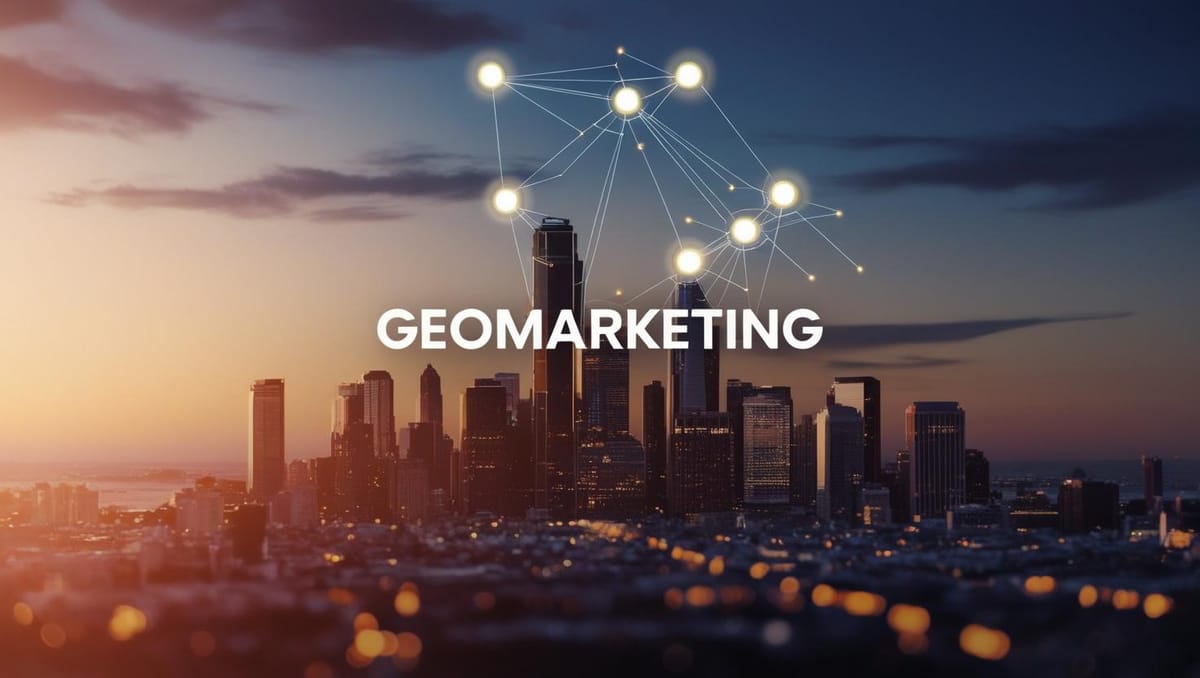What Is GEO-Targeted SEO and Why It Matters for B2B in 2025

Introduction
In a digital world that often feels borderless, geography still matters—especially in B2B.
Whether you operate in one city or across multiple regions, your prospects are searching with location-driven intent. They want service providers, vendors, and partners in their area or that understand their local market needs.
That’s where GEO-targeted SEO comes in.
This article explores:
- What GEO-targeted SEO is
- Why it matters more than ever in 2025
- How B2B companies can use it to attract high-converting local leads
- And how to build a scalable GEO-targeting strategy for multi-location growth
What Is GEO-Targeted SEO?
GEO-targeted SEO is the process of optimizing your online presence to appear in search results for specific geographic locations—such as cities, counties, regions, or even neighborhoods.
It involves:
- Localized content (city/region pages, blog posts, landing pages)
- Google Business Profile optimization
- Local backlink building
- Structured data for address and service areas
- Mobile and proximity-based optimization
Unlike traditional SEO, which often aims for national visibility, GEO SEO focuses on showing up where your buyers are searching—physically and contextually.
Why GEO-Targeted SEO Is Critical for B2B in 2025
📍 1. Search Engines Are Getting Hyperlocal
Google’s algorithm increasingly favors local relevance. Even in B2B, searches like:
- “IT compliance firms in Dallas”
- “metal fabricators near Oakland CA”
- “data center security consultants Boston”
…trigger location-sensitive results. If you're not optimized for geography, you're invisible to local buyers.
📱 2. Mobile Search & Proximity Targeting Dominate
More than 60% of B2B searches now happen on mobile.
And with features like:
- “Near me” searches
- Location-based SERPs
- Local intent signals from mobile devices
…your business needs to rank where the decision is being made.
🔍 3. Local Trust = Higher Conversions
Buyers trust companies:
- With a known local presence
- That rank alongside familiar regional businesses
- With real office locations and service pages
In B2B, that trust can mean the difference between a conversation and a bounce.
🌍 4. Google Business Profiles Aren’t Just for Retail
Even if you’re not a storefront, a GBP helps with:
- Local map pack rankings
- Mobile visibility
- Credibility signals (hours, phone, location, photos)
A verified profile tied to a city or regional keyword is a ranking asset.
⚙️ 5. GEO SEO Scales With You
Whether you have:
- One location
- A few branch offices
- A national footprint with field reps
GEO-targeted SEO can scale via:
- City landing pages
- County-level content hubs
- Franchise or service-area microsites
- Localized blog content campaigns
Examples of GEO-Targeted SEO in Action (B2B Use Cases)
🏗️ Commercial Construction Firm
Target keywords:
- “office tenant improvement San Diego”
- “warehouse buildout contractors in Sacramento”
Strategy:
- City landing pages for top metros
- Project photo galleries with geotagged metadata
- Location-based testimonials
🖥️ B2B SaaS with Regional Sales
Target keywords:
- “CRM software for Chicago law firms”
- “HR software Miami FL”
Strategy:
- Local industry blog series
- City-specific landing pages tied to reps
- Google Business Profiles for each major territory
🔒 Private Security Company
Target keywords:
- “vehicle patrol services Los Angeles”
- “event security in Denver CO”
Strategy:
- Service-area pages for every metro
- Local news mentions
- Hyperlocal map embed + contact data schema
Key Components of a GEO-Targeted SEO Strategy
🧭 1. GEO-Optimized Landing Pages
Each location should have a dedicated page with:
- Unique content (not boilerplate)
- Service info specific to the area
- Maps, directions, and location schema
- Local reviews or case studies
Avoid duplicate content across city pages. Customize for:
- Local terminology
- Industry-specific stats
- Service area differentiators
📸 2. Google Business Profile for Every Office
For each physical location:
- Set up a GBP
- Add real photos, hours, service info
- Build local citations (business directories)
- Earn local reviews with keywords
🔗 3. Local Backlinks
Acquire links from:
- Local chambers of commerce
- Industry blogs based in target regions
- Sponsorships or partnerships with area organizations
- Region-specific PR coverage
💡 These links signal local authority to Google’s algorithm.
📝 4. GEO-Specific Content Strategy
Use blog posts and content hubs targeting:
- “[Service] in [City]” topics
- “Top trends in [Industry] [Region]”
- Local events, regulations, or success stories
Make the content useful for local buyers and search-friendly for location keywords.
🧱 5. Schema Markup and NAP Consistency
Ensure your site uses:
- Local Business schema
- Service Area schema (if applicable)
- Accurate NAP (name, address, phone) across all platforms
Inconsistencies hurt rankings. Use a tool like BrightLocal or Yext for citation auditing.
Common GEO SEO Mistakes to Avoid
- ❌ Using the same copy across all location pages
- ❌ Listing a virtual office address (violates GBP policy)
- ❌ Forgetting to update NAP across platforms
- ❌ Ignoring mobile optimization (most GEO queries are mobile!)
- ❌ Building GEO pages with no backlinks or local signals
Conclusion: Think Global, Rank Local
B2B buyers may come from all over—but they search like locals.
GEO-targeted SEO helps:
- Improve local visibility
- Shorten the sales cycle by building local trust
- Capture mobile and proximity-driven leads
- Scale your online presence as your business grows
In 2025, B2B growth will belong to companies who think like local businesses—even on a national scale.



